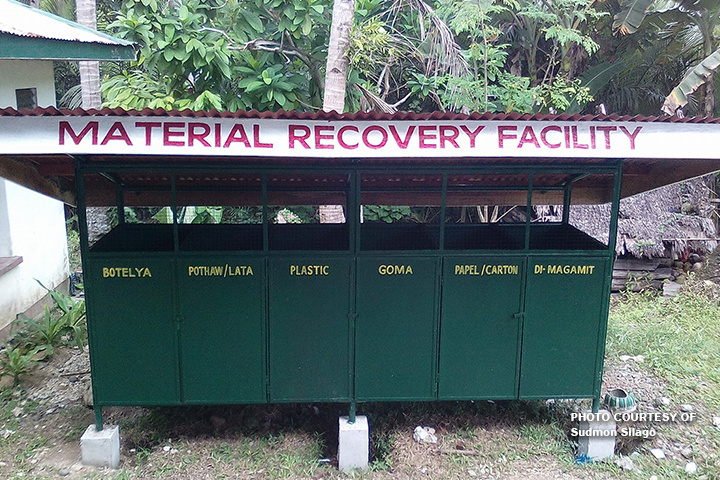News
DENR eyes more recycling facilities in Metro Manila
MANILA — The environment department’s Environmental Management Bureau (EMB) plans to put up more waste recycling facilities for Metro Manila’s over 1,700 barangays.
Based on figures from the National Solid Waste Management Commission (NSWMC), there are now only 943 MRFs in the National Capital Region (NCR) serving 964 villages or barangays.
“We can further help provide materials recovery facilities (MRFs) to barangay units for use in solid waste management,” said Marivic Quides, EMB’s chief for ambient air and water monitoring at the National Capital Region, during a coastal clean-up activity at the Manila Bay on Saturday.
The agency joined the annual International Coastal Clean-Up Day themed “Trash-free Manila Bay,” which aims to highlight what experts say is the link between pollution at the Manila Bay and land-based human activities, such as the discharge of municipal, industrial, and agricultural wastes.
In 2008, the Supreme Court ordered the Department of Environment and Natural Resources (DENR) and other agencies to clean up, rehabilitate, and preserve Manila Bay, so that its waters can be fit for contact recreation.
During Saturday’s coastal clean-up activity at the back of the Cultural Center of the Philippines (CCP) Complex in Manila, among those collected were water hyacinths, bamboo poles, and driftwood, some of which had been carried by the currents from nearby Bataan and Cavite provinces.
“About 30 percent of waste we recovered are bamboo poles and driftwood,” noted RR Salvador, operations superintendent of Pasay City’s City Environment and Natural Resources Office, which has jurisdiction over the CCP Complex.
Salvador said the Pasay City government promotes using such bamboo and driftwood as materials for making various items to help reduce waste and provide the residents livelihood.
“Pasay residents, particularly those in Barangay 76, where CCP Complex is, make furniture and other items using bamboo and driftwood we recovered,” he said.
Barangay 76 residents were among those who volunteered in last Saturday’s cleanup at CCP Complex, he added.
Quides said MRFs are important components of solid waste management, as these facilities are where waste materials are sorted for eventual recycling.
Recycling is among the strategies promoted under the Solid Waste Management Act, or Republic Act 9003, to reduce the volume of waste for disposal while providing people livelihood.
RA 9003 defines solid waste management as “the discipline associated with the control of generation, storage, collection, transfer and transport, processing, and disposal of solid wastes in a manner that is in accord with the best principles of public health, economics, engineering, conservation, aesthetics, and other environmental considerations, and that is also responsive to public attitudes.”
RA 9003 requires the establishment of MRFs in either every barangay or cluster of barangays. The law says each MRF must have “a solid waste transfer station or sorting station, a drop-off center, a composting facility, and a recycling facility.”
Quides said each MRF costs around PHP350,000 to PHP400,000.
Earlier, the NSWMC said barangays may opt to form a cluster and pool funds to establish the group’s MRF.
The problem in Metro Manila, however, is availability of land, Quides added.
“MRFs can’t be on any land,” she said.
Based on RA 9003, MRFs “shall be established in a barangay-owned or -leased land or any suitable open space to be determined by the barangay through its Sanggunian.”
Barangays must have land for these facilities, at least 50 square meters to 100 square meters.
According to NSWMC, local government units may also help establish MRFs in their covered barangays.
In June 2018, the Cebu provincial government reported turning over an MRF to Barangay Lamesa in the town of Balamban.
Meanwhile, Proclamation 470 series of 2003 declared the third Saturday of September each year as the International Coastal Clean-up Day to remind the public to be vigilant against pollution in coastal and marine areas, where over half of the Philippine population rely for fishery resources.






















